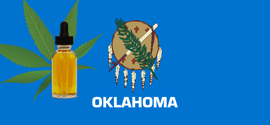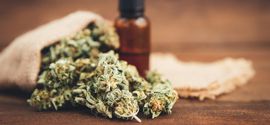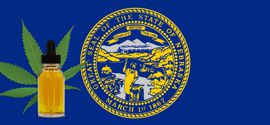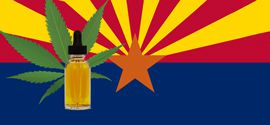History of CBD
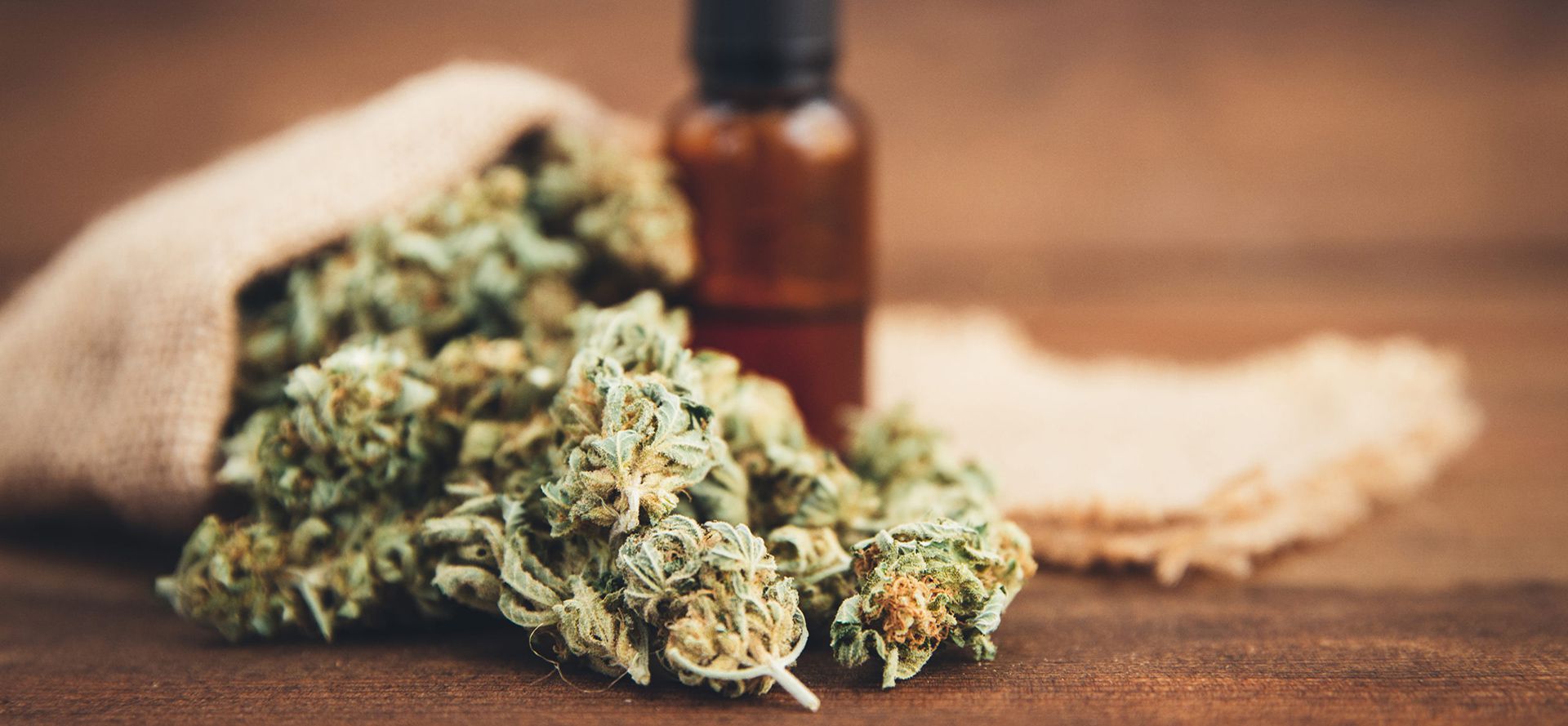
Cannabidiol (CBD) is available in large quantities in hemp plants. However, you can also find it in Marijuana. Both hemp and Marijuana come from cannabis, a flowering plant from the family Cannabaceae.
The cannabis plant has been around for a long time now, maybe over tens of thousands of years, or perhaps as old as humans have lived on earth. But if we relied on archeological discovery and carbon dating, we would trace Cannabis discovery to about 5000 years ago. However, this plant is only now gaining worldwide attention because its properties and medicinal effects have been widely misunderstood for a long time.
How did Cannabidiol come about? What is the backstory? If you are interested in knowing much about this fascinating plant, read on to find out.
Discovery And Early Use Of CBD
The cannabis plant is mostly found in central Asia, particularly in India. The first usage of CBD was recorded several thousand years ago. It is difficult to tell the exact period cannabis was used for a medicinal benefit. Still, there was a record in 2737 BC that the Chinese Emperor Sheng Nung drank cannabis-infused tea. He used the tea to treat memory problems, malaria, and gout.

Some people believed Queen Elizabeth also used Cannabidiol (CBD) to reduce menstrual cramps. In fact, throughout history, cannabis has served as an important medicinal plant, but due to lack of scientific evidence, it did not get a pat on the back from modern medicine.
All this evidence from the Chinese emperor’s use and that of the queen are often seen as just claims as there was no mention of it in literature. We know how science works: if it wasn’t documented, it wasn’t done. But thankfully, someone had the sense to finally document cannabis in around 1500 BC. So, the first confirmed mention of cannabis as a medicinal agent occurred in the Ebers of Papyrus in Egypt.
Use, Restrictions and Legalization
Different countries used cannabis during the dark ages and Middle Ages. From 1 AD, a Chinese medical collection documented over 100 medical uses of Marijuana.
Thousands of years after the discovery of cannabis, in the 14th century, the Emir of Joneima in Arabia made it illegal. The next noteworthy restriction was in 1787 when crowned king of Madagascar, Andrianampoinimerina, banned it and imposed a death penalty on anyone who used it.

After the above incident, many other bans and restrictions followed. Mauritius, a British colony, banned its use in 1840. Singapore and the Natal colony followed suit in 1870. In 1890, Greece banned all importation, cultivation, and use of cannabis. Countries like Sri Lanka placed a restriction on the use of cannabis, authorizing only licensed dealers to sell it.
In 1937, the Marijuana Tax Act prohibited cannabis (including hemp and therefore other cannabinoids like CBD and THC) throughout the United States.
Despite these restrictions and ban, people continued to use cannabis for its intoxicating.
Properties And Other Benefits
From the 20th century, due to scientific and technological advancement that allows a deeper understanding of the constituents of cannabis and revealing its benefits, many countries started accepting the plant.

A Brief History of The Science Behind Cannabidiol
The story of cannabis took a different turn in 1839 when Irish medical researcher William O’Shaughnessy published a study that explored the medicinal benefits of the cannabis plant. This opened the doors to the discovery of the cannabinoids like CBD.
Almost a century after Irish medical researcher William O’Shaughnessy published his study, thanks to scientific and technological advancement that led to the discovery of several compounds found in cannabis.
CBD was first discovered in 1940 by Roger Adams when he isolated two cannabinoids, cannabinol and Cannabidiol, from the hemp plant. He also thought there psychoactive chemical Tetrahydrocannabinol (THC) may be found in this plant. But before this, a British chemist Robert S. Cahn reported a partial structure of cannabinol, so he deserves an honorable mention.
In 1946, Walter S. Loewe made the first well-documented experiment. He tested the cannabinoids like CBD, THC, and CBN. he noticed that THC produced intoxication while CBD did not. However, note that there was nothing like CBD and THC at this point as they haven’t been isolated yet.
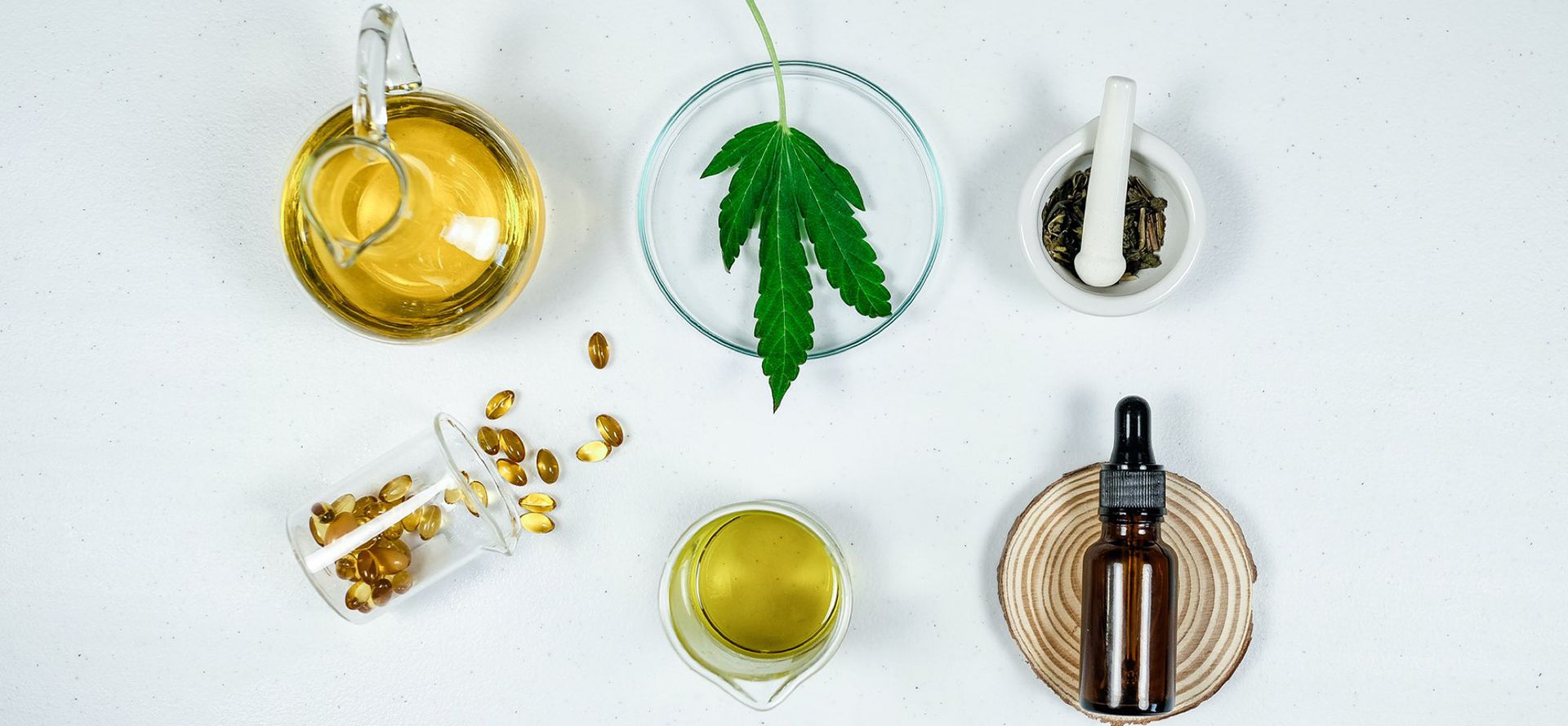
It wasn’t until 1964 when Raphael Mechoulam isolated Tetrahydrocannabinol, which is now identified to be responsible for how high you get when you ingest cannabis.
After THC had been isolated, with 3D stereochemistry, both THC and CBD properties were identified correctly.
As research continued to advance, an important milestone was achieved. New 1978 Controlled Substances Therapeutic Research Act recognized the medical benefits of cannabis.
In the 1980s, Dr. Mechoulam and his team continued to take cannabis research even further, investigating the benefits of CBD on epileptic patients as a hypnotic agent.
The Future Of CBD
Canada has fully legalized Marijuana, many countries in America will follow suit too. The potential use of CBD is bright, and it is well on its way to getting legalized as it does not cause intoxication. The CBD market will be a billion-dollar market by 2030, and many countries will want to tap in.
I hope this article was helpful to you. Do not pass our best CBD reviews. Here you will find everything that fits your budget and taste.
Tags: best cbd oil on the market, cbd soap for cramps, cbd drinks, best cbd for fibromyalgia, flavored cbd vape oil, best cbd oil for ibs, cbd for shingles, cbd coffee in pods, cbd products for pets, is cbd oil used for bipolar

